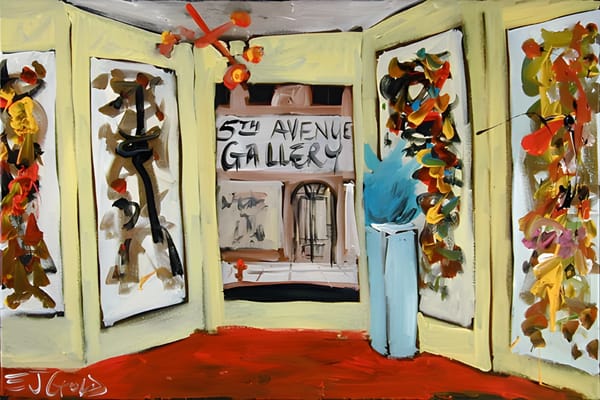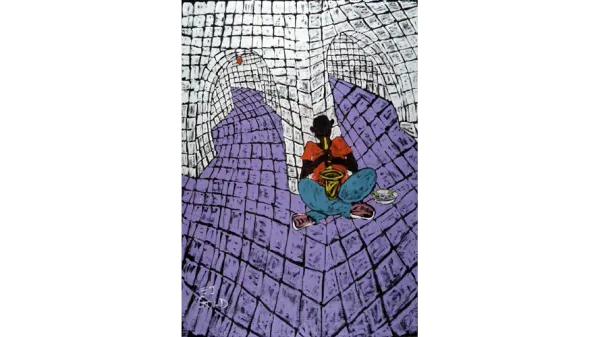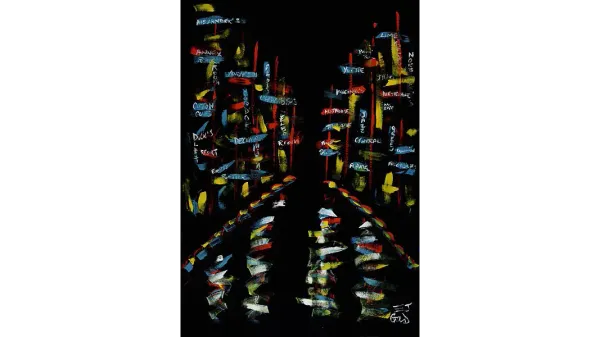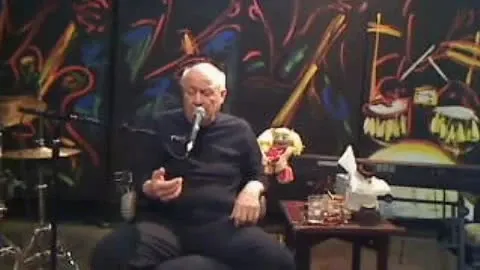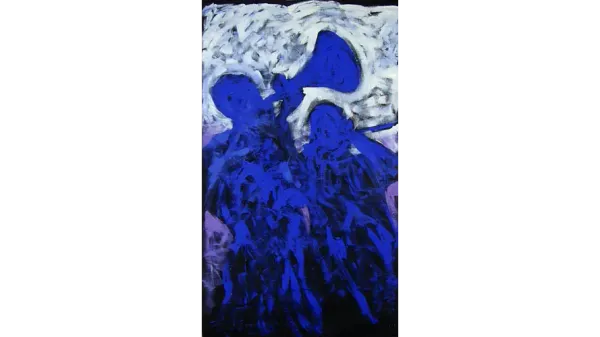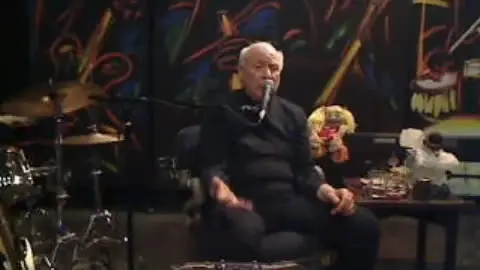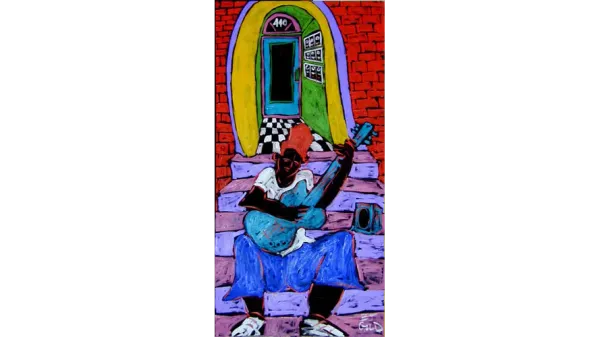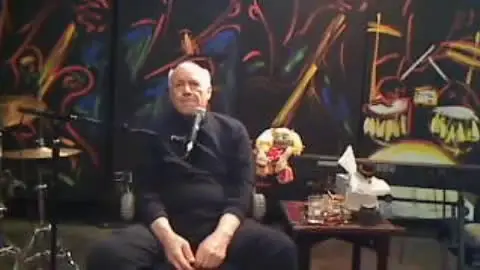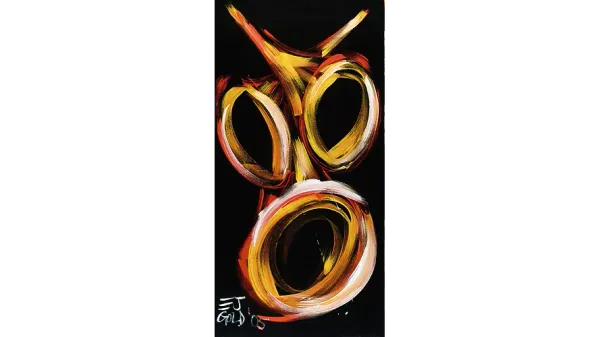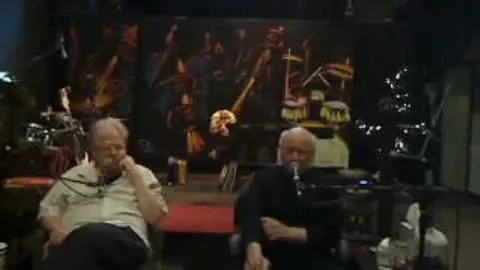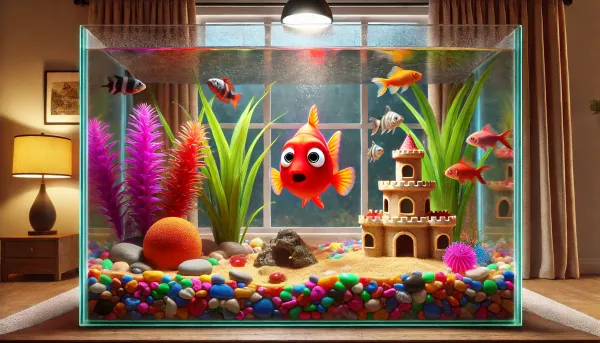The Situation
We live in a balanced and enclosed world, much like fish in a tank. But could there be invisible barriers confining us? What unseen forces shape our lives, and what lies beyond the limits of our perception? Discover how stepping outside your everyday patterns might reveal a greater reality.
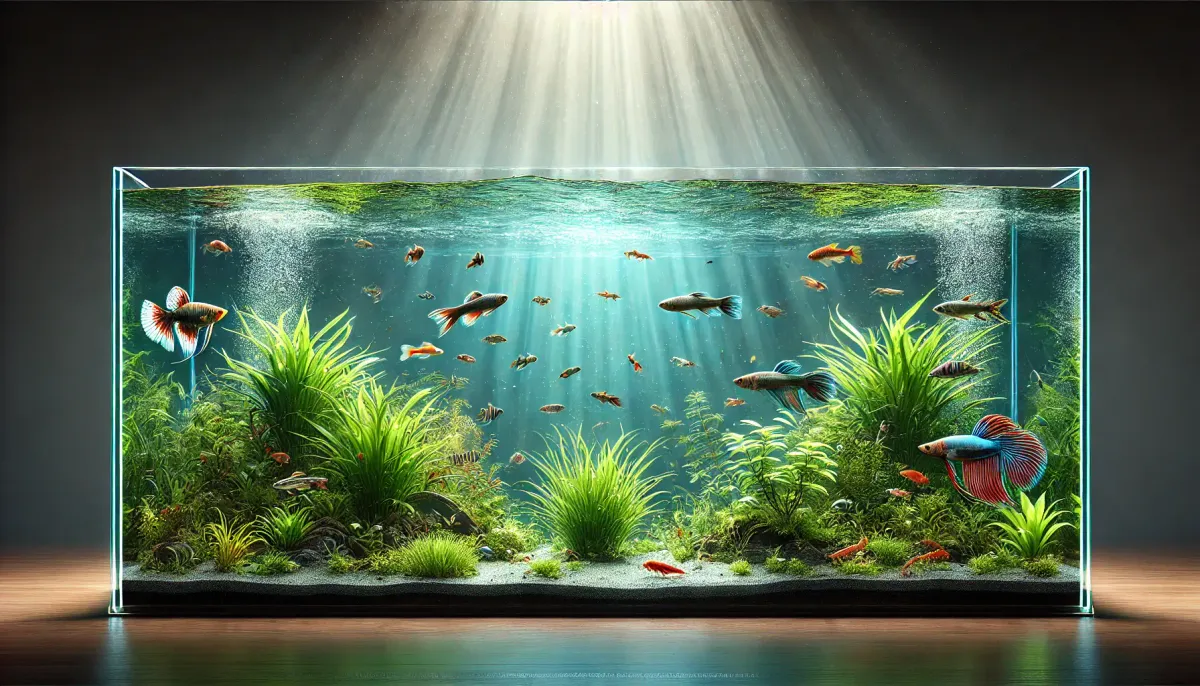
Life in a fish tank seems orderly—plants rooted, scavengers cleaning, fish darting at every level. For the fish, the tank is the entire universe. None of them notice the glass walls confining them inside. Could we, too, be living within unseen limits?
🎧 Listen Now: Episode 3 of The HBM Show
What’s the Situation?
This episode of the HBM Show, based on Chapter 2 of The Human Biological Machine as a Transformational Apparatus, offers a profound analogy. It invites us to see ourselves as the fish in the tank, living in a perfectly balanced ecosystem while oblivious to what lies beyond its boundaries. The fish cannot imagine an existence outside their small world, just as we rarely consider the barriers—physical, mental, or existential—that might surround us.
This perspective shifts the question of life’s purpose. Instead of focusing solely on our roles within the system, we might ask: what’s outside? And why can’t we see it?
Why Should We Care?
The fish tank analogy challenges the assumption that our reality is the ultimate one. By observing the fish, we realize they are at the mercy of forces beyond their comprehension. Their food, their environment, even their survival depends on beings operating at a level they cannot perceive (for example, the humans who feed them).
Is our human experience similarly shaped by forces or dimensions we cannot see? From climate changes to the mysteries of consciousness, our world reacts to disruptions in ways we don’t fully understand. What might appear small or irrelevant at a cosmic scale could have profound implications for our lives.
The Invisible Walls in Our Lives
Unseen limits aren’t just theoretical—they manifest in tangible ways. Societal structures, cultural norms, and our individual mental frameworks often act as invisible barriers. These constructs shape what we perceive as possible and dictate how we navigate our world.
For example:
- Social roles: Like the fish that stay near the surface or the bottom, we often settle into roles without questioning whether they truly align with our nature.
- Information flow: Knowledge filters through communities and generations, but it’s rarely pieced together into a comprehensive view of existence. How much are we missing?
Just as the fish cannot perceive the glass walls of their tank, we might fail to recognize the boundaries in our thinking and being.
How Do We Break Free?
The fish tank metaphor hints at a path forward: observation and curiosity. By stepping outside our usual perceptions and routines, we might glimpse the limits of our "tank." This doesn’t mean rejecting our current reality but expanding our understanding of it.
Practical steps include:
- Practicing detachment: Observe your life as an outsider might observe a fish tank. What patterns or barriers become apparent?
- Embracing inquiry: Question what you take for granted. Why do we accept certain truths as immutable? Who or what shaped those beliefs?
- Learning across levels: Seek knowledge from diverse fields and perspectives. Information, like water in the tank, must circulate for balance.
A New Definition of Accomplishment
For the fish, true accomplishment isn’t about dominance or energy efficiency. It’s about glimpsing the glass walls and recognizing the greater reality beyond. For us, real achievement may lie in discovering and transcending the limits of our awareness.
The Situation invites you to embark on a journey of expanded perception. What lies beyond your “tank”? And how will your understanding of life change when you see it?

